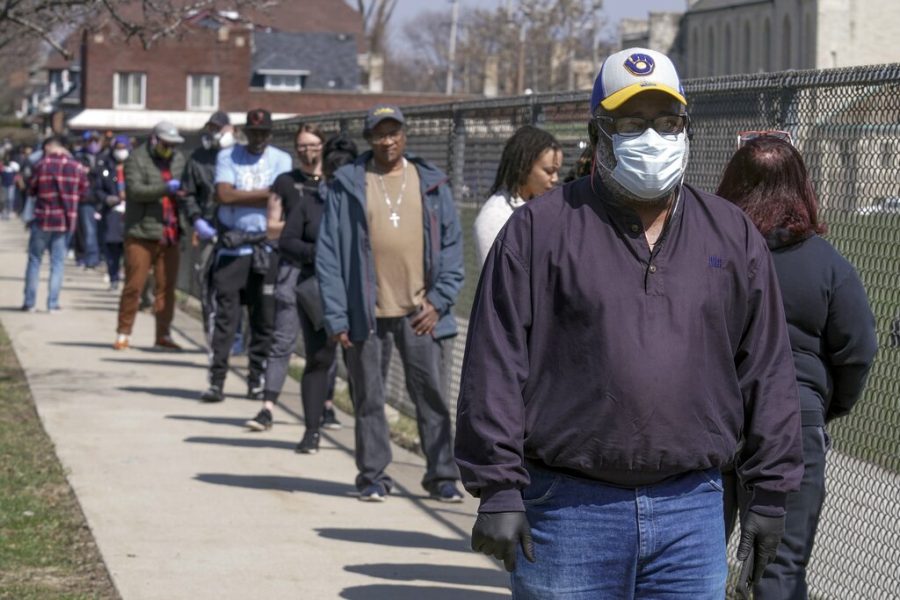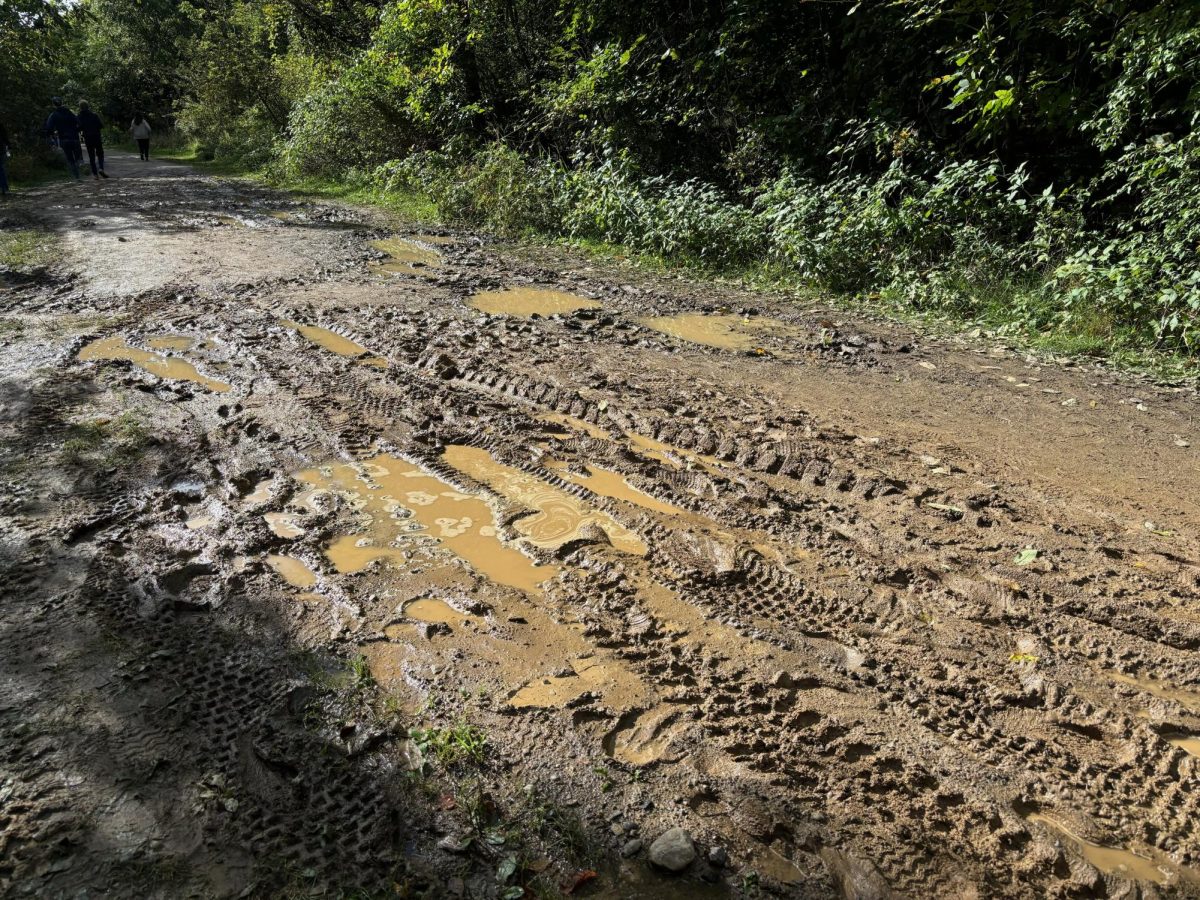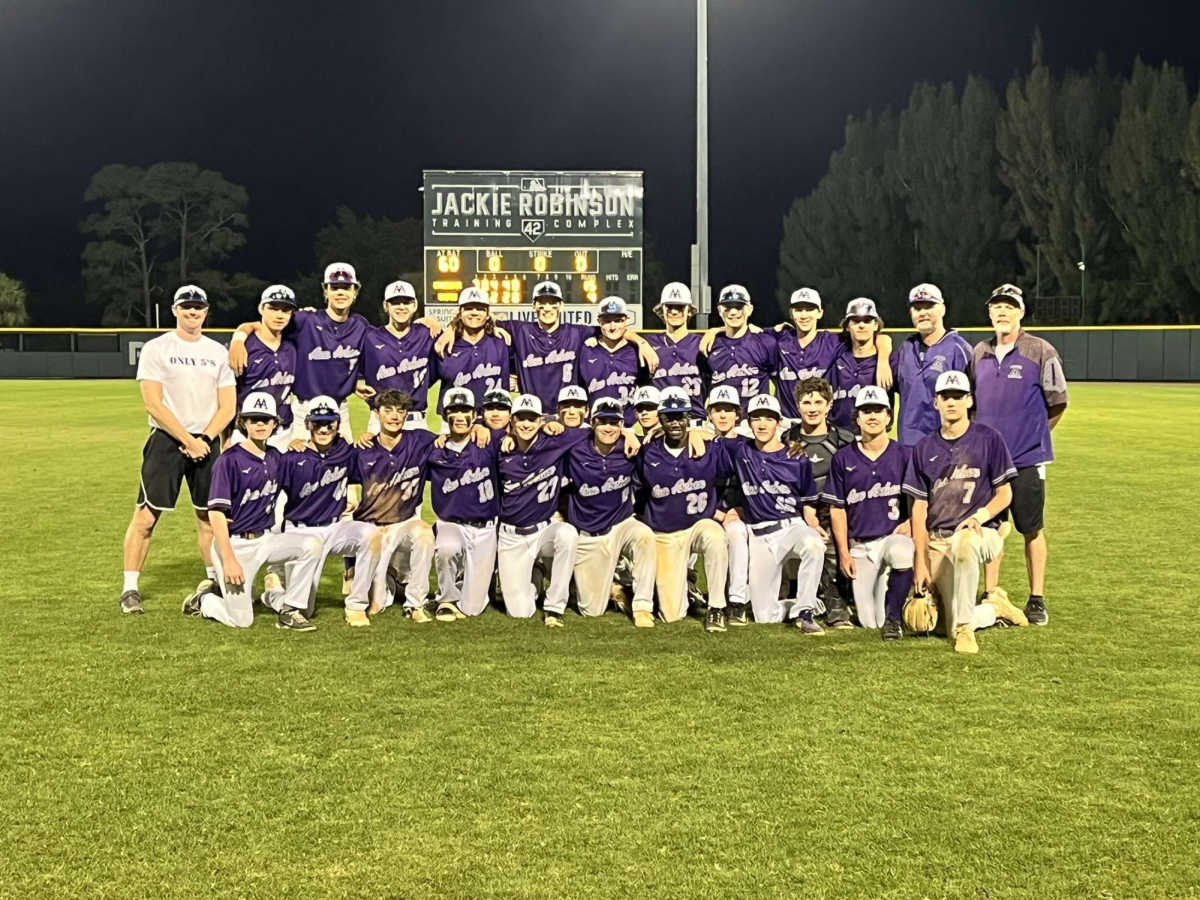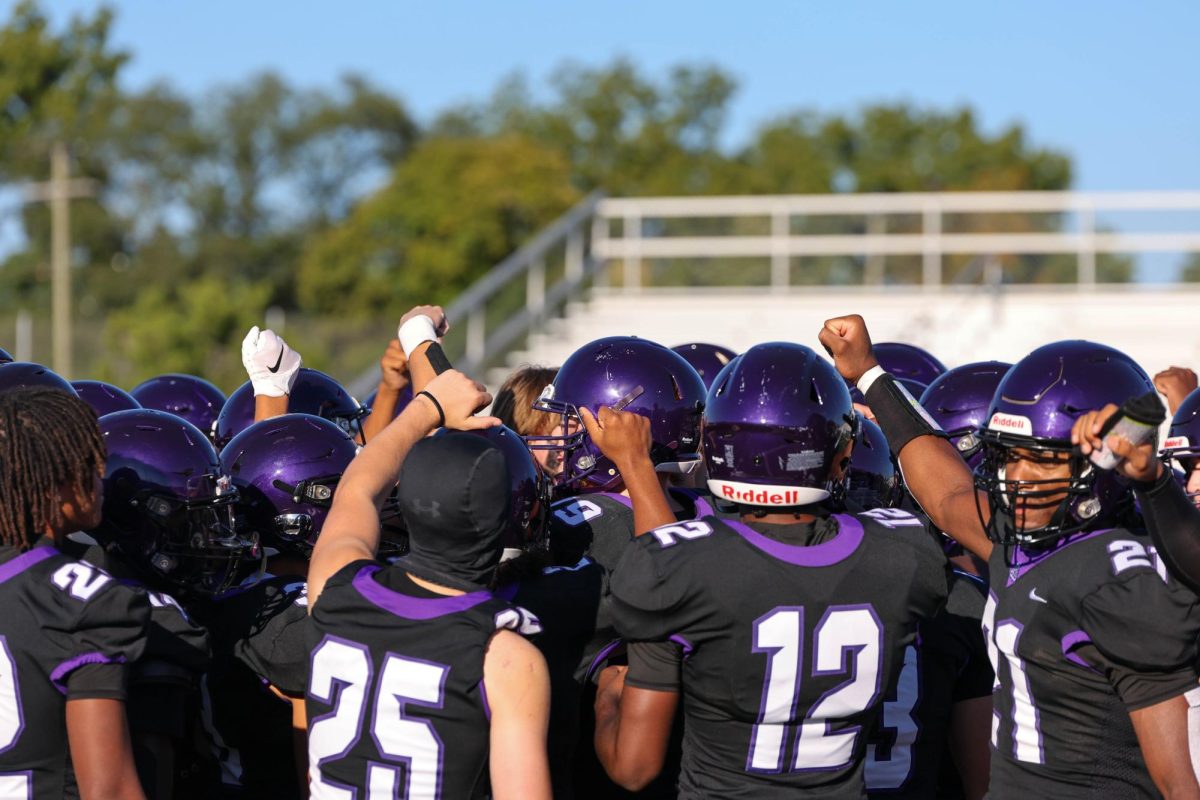Elections must adapt to COVID-19
April 18, 2020
In the midst of a global pandemic whose rapid global spread is virtually unheard of, we must adapt how we live our lives to fight the spread of COVID-19.
Many aspects of society must, and have, changed to “flatten the curve” and contain the spread of COVID-19. But there is one critical aspect of our lives we have not yet changed.
How we hold elections.
Elections are probably the most fundamental and important part of our democracy. They are the time when our nation collectively decides on our values, the path we want to take going forward. They are when millions of Americans from all walks of life gather to exercise their voices.
And this is precisely why they cannot proceed as normal in the coming months.
According to the Centers for Disease Control (CDC), COVID-19 is “thought to spread mainly through close contact from person-to-person in respiratory droplets from someone who is infected.” In other words, if someone who is infected talks to you, sneezes or coughs near you, coughs into a hand and touches something you touch, even breathes at you, you could easily contract the virus. Compounding the problem, COVID-19 can be spread asymptomatically: people can spread the virus without even knowing they are infected.
With COVID-19 so easily transmittable, it is clear how impossible it has become to hold safe elections.
How do you wait in line to vote without being breathed on?
How do you touch a voting machine that hundreds of others have touched without getting their germs?
Facemasks and hand sanitizer can certainly help. But they cannot completely solve the problem, especially considering that both are in short supply and are desperately needed elsewhere.
A perfect example of why traditional elections will not work was seen in Wisconsin on April 7. After last-minute attempts by the governor to reschedule the election were shot down in court by Republican lawsuits and with vote-by-mail deadline extensions similarly blocked, an in-person election had to proceed as originally planned. This of course led to confusion, delay, and risk. In Milwaukee, so many poll workers quit — understandably concerned about their health — that 180 polling places were condensed into five. This created lines that stretched around blocks, with many waiting well over an hour to vote.
Remaining poll workers and national guard replacements did their best, trying to keep people in lines six feet apart and sanitizing aggressively. But far from everyone even had a mask, and it is naive to think their actions protected everybody adequately. Thousands in Wisconsin were put at risk by the decision to hold that election.
Perhaps the worst part about the debacle in Wisconsin, and yet another reason for adapting our voting method is that we already have alternatives. A number of states have planned to switch to mail-in voting entirely for their upcoming primaries, a strategy that could easily work in the general election in November. To avoid any issues with requesting ballots, Senator Elizabeth Warren has suggested simply mailing one to every voter in America. Such a move might even increase voter turnout.
The main argument against mail-in voting, something stressed by President Trump and his republican allies, is that it could increase the likelihood of voter fraud. But this possibility of voter fraud, once again, is extremely unlikely. Between 2000 and 2012, there were just 491 cases of absentee-ballot ballot fraud according to News21 — an election fraud tracking database — out of billions of votes cast.
In these unprecedented times, it is clear we must take unprecedented measures to protect the country. We cannot let vague, unfounded fears hold us back from doing what is clearly right. We must adapt how we vote or risk the terrible consequences.











